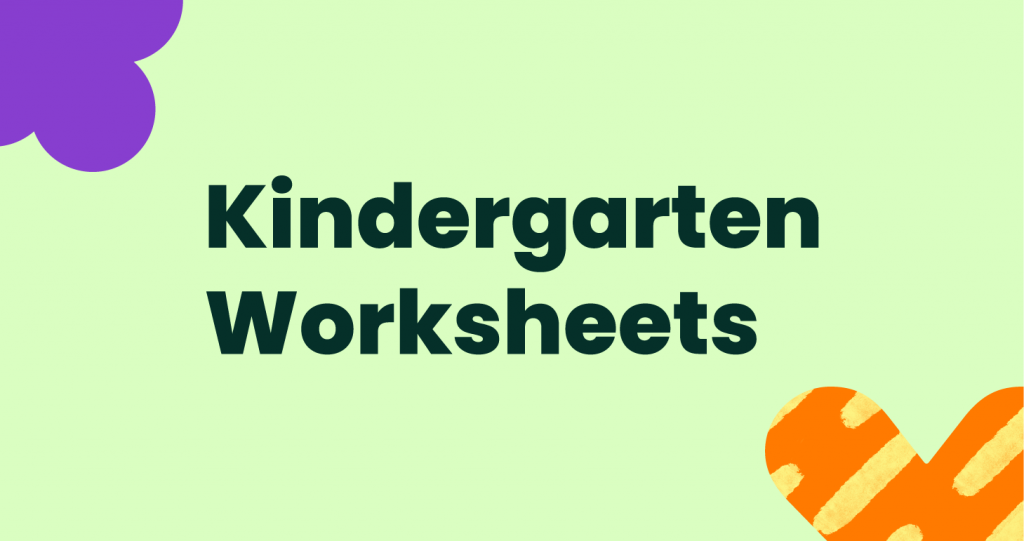The kindergarten class is where children develop key skills that take them from pre–k to elementary school and beyond. Lesson plans for this grade should include a range of activities that cover all the core elements of the curriculum. Because kindergarten students are still quite young (4 to 6-year-olds), it’s a good idea to have a range of short activities each day, including time for active movement to keep their brains and bodies alert.
Here are some of the key activities you should include in your lesson plans.
Back-to-school activities
At the beginning of the year, activities should focus on getting to know your students and them getting to know each other.
Have your students fill out printables about themselves or play a getting to know you game to break the ice in the first few days.
Setting up classroom rules is also a good activity for the beginning of the school year and helps students to understand what is expected of them during class.
Literacy activities
In kindergarten, the foundations for reading and writing are built. Literacy activities at this age should cover:
- letters of the alphabet, including the difference between uppercase and lowercase letters
- early phonics like letter sounds, rhyming, blending, and segmenting
- CVC words
- sight words
- word families
Read-aloud sessions are a great way to introduce literary learning as well as a way of connecting with your class. If you can, slot in a read-aloud session each day.
The Kami Library has a wide range of worksheets that can be used for writing activities, including handwriting packs, worksheets for alphabet activities, and CVC word activities.
Math activities
Just like reading and writing, kindergarten math activities should begin by introducing basic concepts. As well as learning basic numbers and simple addition and subtraction, kindergartners can also be introduced to concepts like graphing.
Many young learners struggle with math, so using math games or manipulatives like building blocks or dice can be a good way to introduce concepts in a less daunting way.
You’ll find lots of math templates in the Kami Library to get your students engaged with learning.
Science activities
At the kindergarten level, science experiments should be simple and fun. Experiments are usually interactive, so they are a good way to break up the day between more difficult sessions.
You can DIY many science experiments in your classroom, and you’ll find lots of inspiration on the internet for simple experiments.
Activities for gross and fine motor skills
At kindergarten age, children develop more control over their bodies and can begin to carry out more detailed and difficult tasks. Kindergarten activities should give them lots of time to practice their fine motor skills.
- Coloring is a fun activity that helps children learn how to hold crayons and then pencils correctly and exercise control by trying to stay within the lines. You’ll find lots of free printables for coloring pages in the Kami Library, for every day, and for special occasions.
- Hands-on activities like playing with Lego and playdough, jigsaw puzzles, card games, and board games that involve manipulating pieces also help children with fine motor skills.
- Active games like scavenger hunts can combine learning with gross motor movement and exercise or games sessions to help students move their bodies.
Kindergartners learn better when they are doing hands-on learning than if they are just sitting in front of the board. So, wherever possible, incorporate interactive learning activities that students can do individually or in small groups. As well as worksheets, choose art activities with coloring or stickers, games, and puzzles that help students learn new concepts in a fun way.








